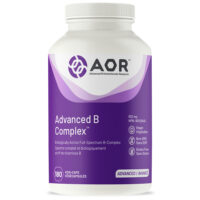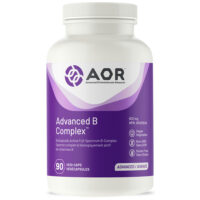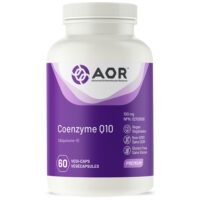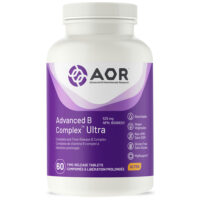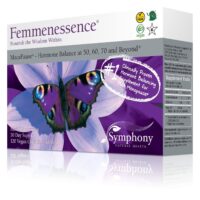It is a known fact that depression is more common in the winter than it is in any other season. You might think that it has something to do with the colder weather. Studies have shown that winter depression is primarily caused by decreased exposure to natural light.
Winter depression, known by the medical community as Seasonal Affective Disorder (SAD), is quite common. Statistics show that as many as 6% of people in the United States have SAD. Another 10 to 20% suffer from winter blues, a milder form of SAD. More women than men get SAD, and young adults are more prone to it than children or older adults.
What Are the Symptoms of SAD?
The symptoms of SAD are similar to those of regular depression. Sufferers may experience weight gain, decreased energy and fatigue. They may have difficulty concentrating, irritability and an aversion to social situations.
The main difference between SAD and depression is that SAD only affects its sufferers in the winter. The shorter days and longer nights give people less exposure to light and it triggers depression in those with SAD. In the spring, when there are more daylight hours and the sun starts coming up earlier, symptoms subside.
Those affected by SAD often have higher sensitivity to light than others. They could experience symptoms all year if they work in buildings with no windows. Depression could even be triggered in them by long periods of cloudy weather. Winter is the main reason for decreased daylight and therefore the main trigger for Seasonal Affective Disorder.
How Is SAD Treated?
Mood stabilizers and antidepressants are sometimes used to treat SAD. The treatment that appears to be the most promising does not involve drugs. It is called light therapy.
In light therapy, a light box or other device that emits a bright light is used. Patients sit in front of the light source for a specified period of time, which varies according to the intensity of the light. This is ideally done in the morning. Studies have shown that it may be beneficial if used at any time of day, but use in the evenings could cause insomnia.
The key to success with light therapy is sticking with it. It takes time and it may be a few weeks before a patient sees results. When used consistently it can be very beneficial.
For some people depression is a problem all year. For others it comes in the winter and leaves in the spring. SAD is a serious problem. The good news is that treatment without drugs is available and in many cases it is effective. If you have the symptoms of SAD talk to your doctor about your options. You don’t have to suffer until spring.


